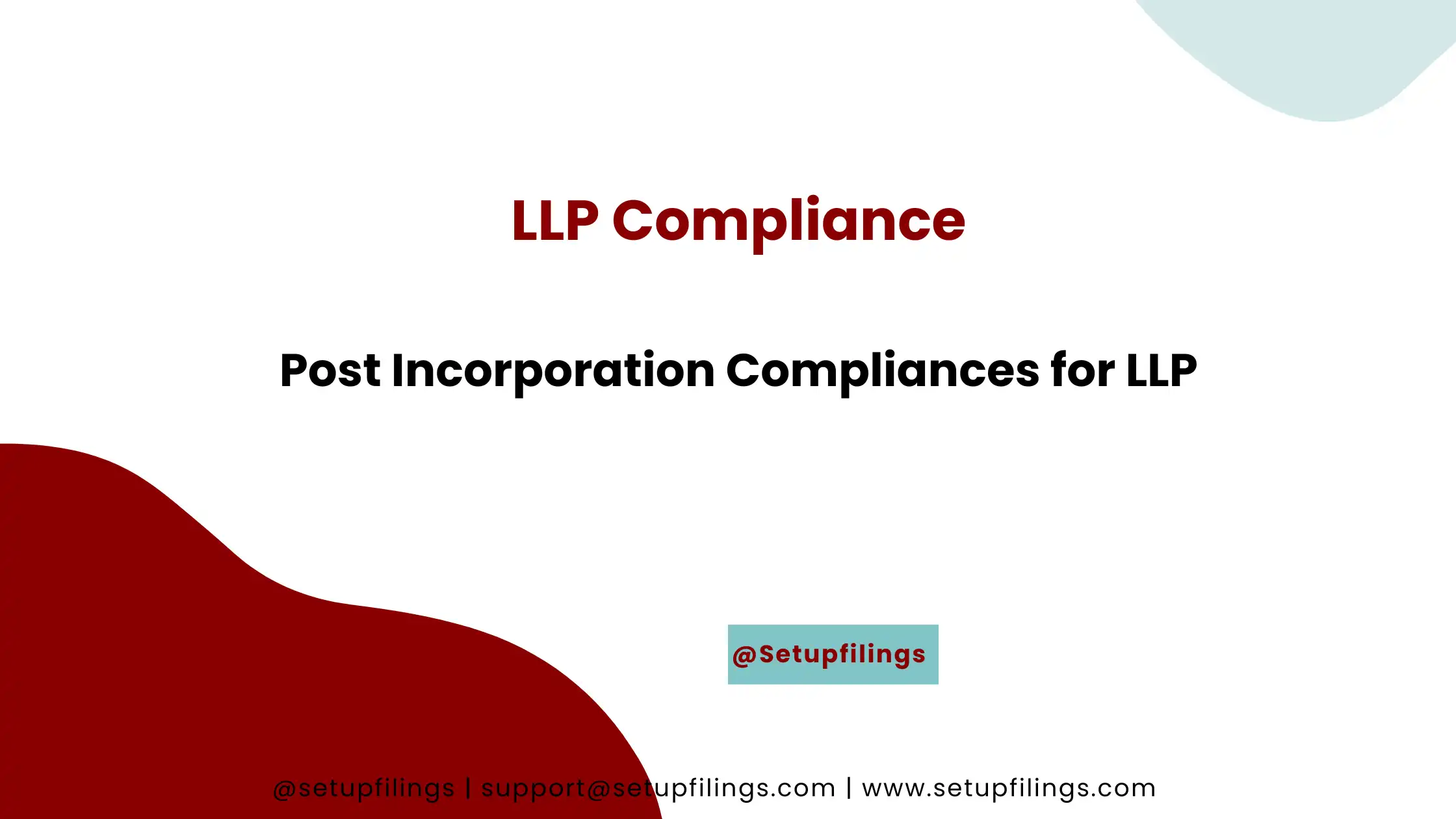
Procedure for Changing an LLP Name and Clause
The Limited Liability Partnership Act, 2008, was published in the Indian Gazette on January 9, 2009, and was notified on March 31, 2009. The first Limited Liability Partnership in India was formed in the first week of April 2009. LLP is a business that combines the features of a partnership and a corporation.
The limited partnership benefit of an LLP is similar to that of a business. It greatly mitigates the disadvantages of traditional partnerships. The principal-agent relationship, which is the primary component of a partnership business, is eased in the LLP. The agency principle is not observed in an LLP, and none of the partners are accountable for each other’s actions. The partners are merely the agents of the LLP and not of one another. It has the benefits of a partnership business in terms of informality and tax advantages.
LLP Characteristics
In the viewpoint of the law, an LLP is a different legal entity from its members. It can transact in its own name, sue and be sued in its own name, and not in the names of its partners. Unlike in the case of corporations, there is no requirement for a minimum capital.
LLP Agreement
A minimum of two people are required to form an LLP. However, there is no upper limit to the number of people who can be accepted to the limited liability partnership. At least two people must be designated as ‘designated partners’. The LLP AGREEMENT governs the rights and obligations of an LLP’s partners. However, drafting an LLP agreement is optional. If the partners do not reach an agreement, their actions will be governed by the terms of the Limited Partnership Act of 2008.
The name of the LLP
A LLP’s name should conclude with “Limited Liability Partnership” or “LLP”. A LLP’s name can be reserved by submitting Form 1 to the registrar.
In the view of the Central Government, the proposed name of the LLP should not be –
- Offensive or objectionable.
- Registered by a different corporation or LLP.
If the proposed name is not hampered by the above two conditions, the registrar may approve the LLP’s name. The LLP must be formed within three months of the date the name is approved. If the LLP fails to meet this condition, the approved name will expire and become available to another application.
In the event of a foreign entity, the application for name reservation must be submitted using eForm 25. The name shall be reserved for three years, and unlike in the case of Indian entities, there is a provision for name renewal as well, i.e., if the name is not adopted within three years and the reserved name lapses, there is no need for a fresh application, and the proposed name can be renewed if the application for name renewal is made within a reasonable time.
Name Modification
A partnership firm, a private corporation, or an unlisted public company can form an LLP. However, in this scenario, the LLP must use the same name as the partnership business or corporation, and it cannot alter its name after conversion.
A LLP, on the other hand, is not restricted from altering its name. Existing LLPs may alter their names freely or in response to Central Government directives.
SECTION 19 of the Limited Liability Partnership Act of 2008 specifies the method for changing an LLP’s name.
By following the processes outlined in the LLP Agreement, the Limited Liability Partnership can alter its present name. However, if the LLP Agreement is silent on how the name can be changed, altering the name requires the permission of each and every partner.
The procedure for changing the name of an existing LLP
The method for changing the name of an existing LLP is as follows:
› MEETING: A meeting will be arranged to acquire the partners’ approval for the name change. Before convening the meeting, the partners must be given prior notice indicating the objective of the planned meeting. The conference must be finished with a good resolution.
› APPLICATION: After getting the approval of all partners, an application in Form 1 must be submitted to the Registrar to check the availability of the desired name. In order of priority, around 5 to 6 names should be stated.
› ATTACHMENTS: The following attachments must be submitted with the Registrar together with Form 1:
A copy of the minutes of the meeting at which the partners’ approval was received, as well as the resolution.
A copy of the Central Government’s directive if the modification is the result of an order from the said Government.
› FEES: The fees established by the LLP Act, 2008 must be paid solely by credit card.
› NAME APPROVAL: The ROC will then approve the name if it is not deemed undesirable by the Central Government or if it is not identical to the name of any existing LLP or body corporate.
› Timeframe: The authorised name is valid for three months. If the LLP in question did not alter its name within three months after approval, it would expire. The applicant does not have the option of renewing the expired name under the Limited Liability Partnership Act of 2008. The applicant would then have to start again with a new procedure and pay new costs.
› FORM 5: After obtaining the permission notification, the applicant must notify the Registrar of the change of name using FORM 5.
› FRESH CERTIFICATE OF INCORPORATION: The Registrar shall issue a fresh certificate of incorporation in Form 16 in the new name after convincing himself that the name has been changed in accordance with the required procedure and that the new name is one that was reserved for the relevant LLP.
› DATE OF CHANGE: The new name will take effect on the date specified in the certificate.
› Supplementary AGREEMENT: Following that, the LLP must enter a supplementary agreement to amend the name of the LLP Agreement.
› INFORMATION TO REGISTRAR: LLP must notify the Registrar of any amendments made to the LLP Agreement via the supplemental agreement in Form 3.
› POST-CHANGE REQUIREMENTS: Once the LLP has successfully changed its name, it must do business under the new name, and the new name must appear in all of the LLP’s official records. In the new name, the LLP must interact with outsiders. All of the LLP’s name plates, business cards, and so on must be replaced with the new name. However, for a limited period, the previous name of the LLP, as it was known to the world before to the change, should show under the revised name of the Limited Liability Partnership.
Things to Avoid When Naming an LLP
In the name, the following must be avoided:
- Use of names that are identical to those of an existing LLP or body corporate.
- The use of broad terms such as “silk manufacturing” or “jute textiles,” for example.
- The use of the words’sahakari’ or ‘co-operative’.
- The Emblems and Names (Prevention of Improper Use) Act of 1950 forbids the use of certain names. As a result, similar names should be avoided as well.
- The use of national hero names, such as ‘Bhagat Singh businesses’.
- Use of nonsensical or ambiguous alphabets like GFVCGCBDH Ltd.
- Names with numbers in them, such as 15th.
- Adding terms like modern or fresh to the titles of previously established, profitable businesses, whether in India or elsewhere.
- The use of surnames or names other than that of partners or directors.
- The use of a state or country’s name.
[/vc_column_text][/vc_column][/vc_row]
Visited 53 Times, 1 Visit today




